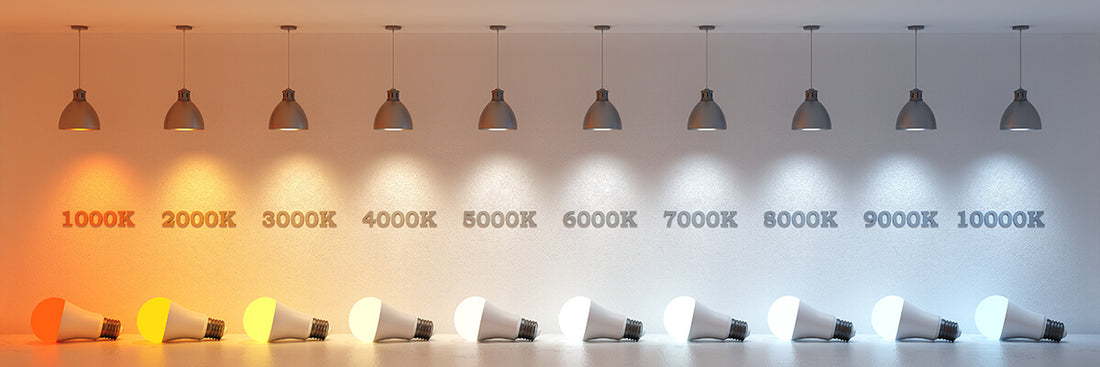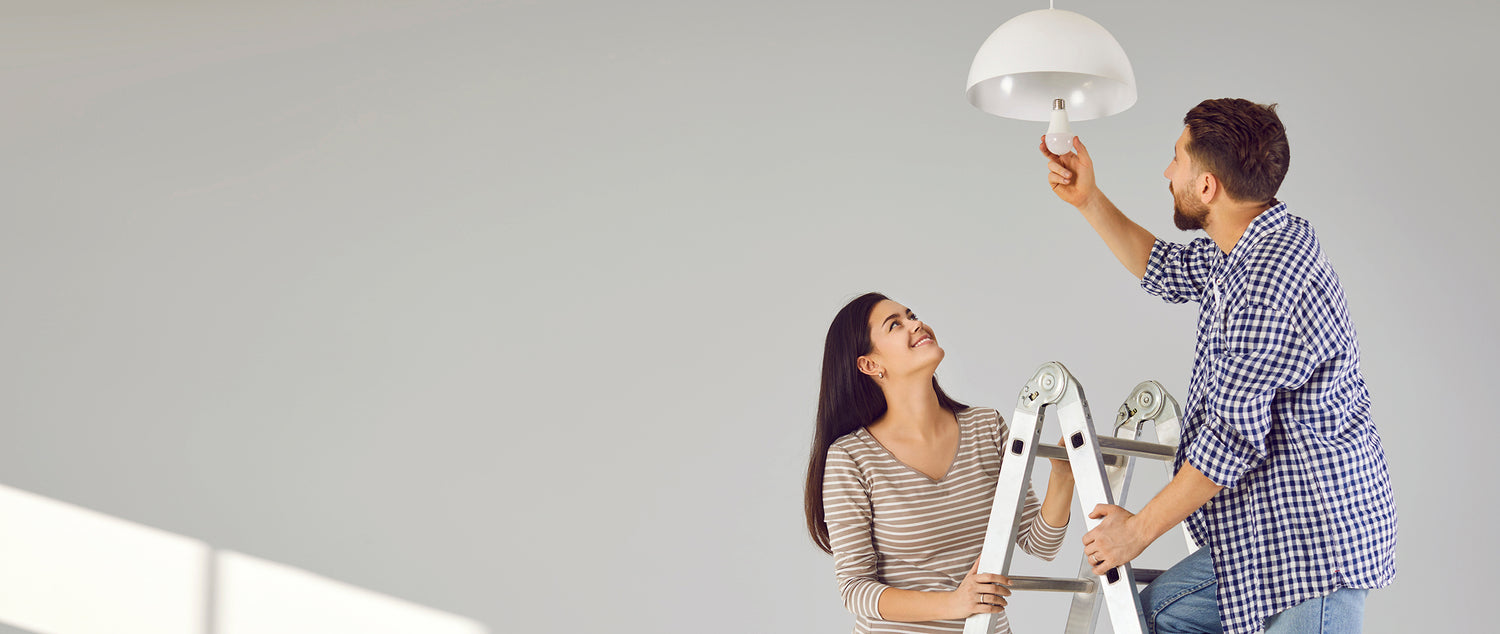LED light bulb colour temperatures are an important factor to consider when choosing the right lighting for your space. This illustrated guide provides a comprehensive overview of the different colour temperatures available for LED light bulbs, ranging from warm white (2700K-3000K) to cool white (3500K-4100K) to daylight (5000K-6500K). Each colour temperature is explained in detail, along with its unique characteristics and ideal usage scenarios. The guide also includes visual representations of how each colour temperature appears in a room setting, allowing readers to easily compare and understand the differences. Whether you're looking to create a cozy atmosphere in your living room, a bright and energizing environment in your office, or a natural and refreshing ambience in your kitchen, this guide will help you make an informed decision about which LED light bulb colour temperature is best suited for your needs.
How to choose the perfect LED lighting based on the colour temperature

What are LED colour temperatures?
The colour temperature for lighting is based on a scale running from Warm White at the red end of the spectrum, through to White at the blue end with Natural White in between.
It is measured in degrees Kelvin or (K), ranging from 2000K-3000K (Warm White), 3100K-4500K (Natural White) to 4600K-6500K (White)

What is the brightest type of light in the LED colour temperature range?
LED lights in the White range of 4600K – 6500K are the brightest LED lights. Natural Light, (3100K- 4500K), is the LED colour temperature closest to natural daylight. Warm White is the softest light at 2000K – 3000K.
How to choose the perfect LED colour temperature
The lower the K number, the warmer the colour. Warm Whites range from a rosy glow through to a golden hue with White at the other end of the spectrum emitting light which is tinged with blue.
The ideal choice of colour temperature involves considering both the interior design aspects of the setting and the way the space is intended to be used. The right choice of colour temperature can enhance the existing colour scheme or used to correct deficiencies, for example introducing Natural White light to a room with inedequate natural daylight.
A lighting colour temperature of 5500K is the best for your eyes in daylight hours, turning down to 3000K at night. For kitchens a mix of lighting works best, with brighter light used for food preparation areas and warmer light for dining.
Warm White
2000K – 3000K
Warm White light in hotels and restaurant to create an atmosphere that is cozy, calm, inviting and intimate. The preferred lighting for bedrooms, ambient, decorative and atmospheric outdoor lighting.
Natural White
3100K-4500K
Natural White is a bright and vibrant light used in bathrooms, office areas, garages, classrooms and for street lights.
White
4600K-6500K
Daylight light for halls, warehouses, display areas, commercial bathrooms, car parks and large outdoor areas.



